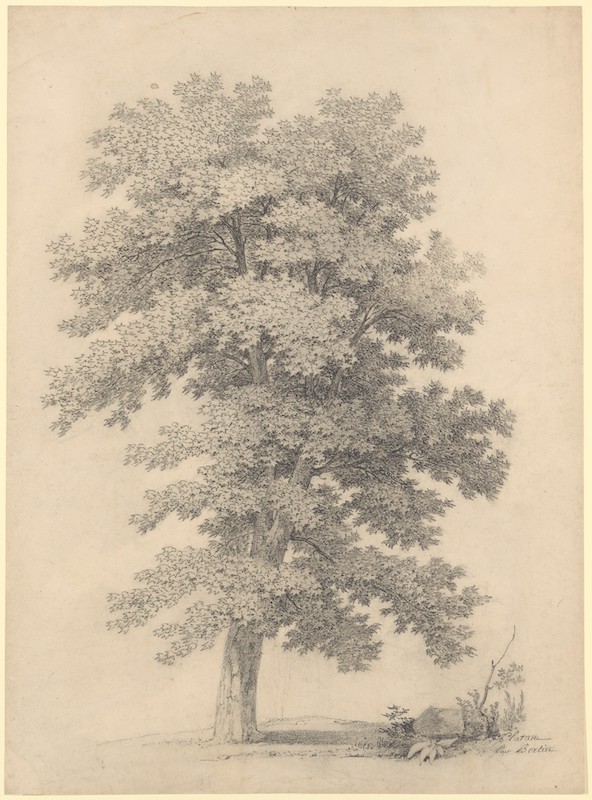Title goes here

Jean-Victor Bertin, A Plane Tree, late 18th–mid-19th century, black chalk on paper, The Metropolitan Museum of Art, Gift of Alexander B.V. Johnson and Roberta J.M. Olson, 1992. 1992.410.
1 of 3

Jean-Victor Bertin, Woodland Scene with Nymphs and a Herm, c. 1810, oil on canvas, Gift of Frank Anderson Trapp, 2004.166.4
2 of 3

Alfred Sisley, The Banks of the Oise, 1877/1878, oil on canvas, Chester Dale Collection, 1963.10.214
3 of 3